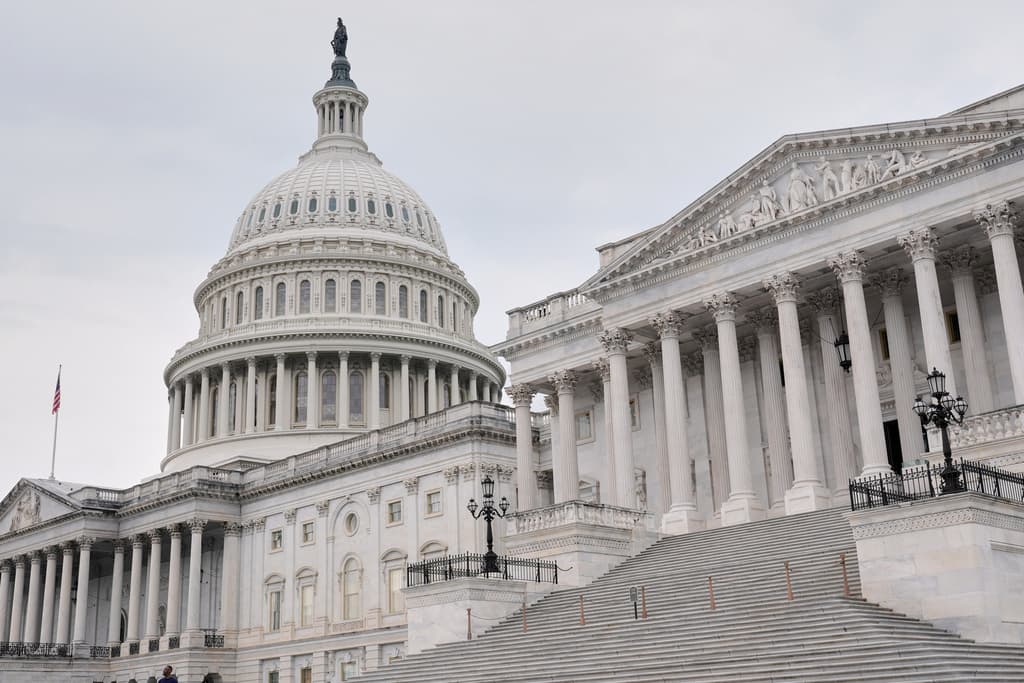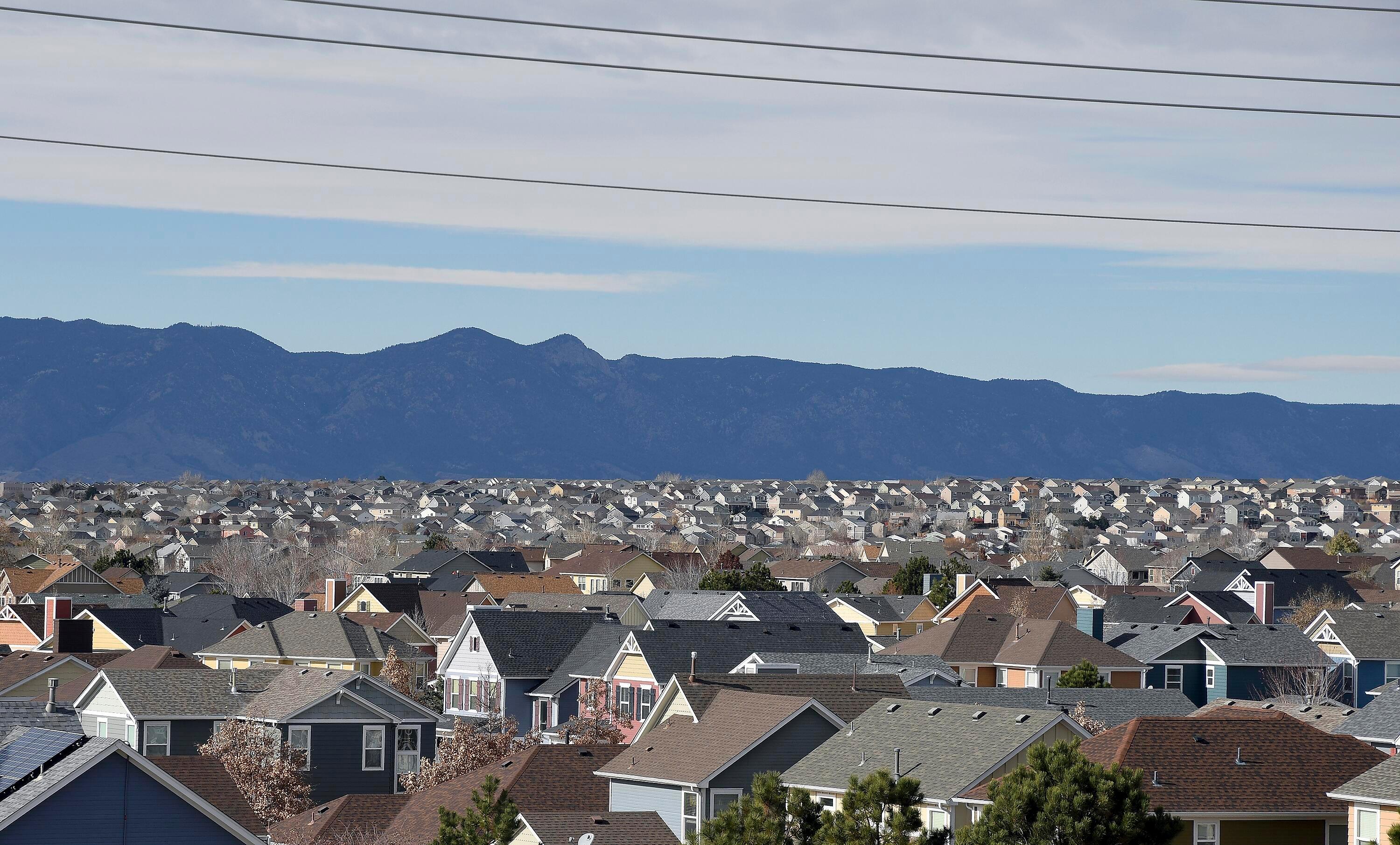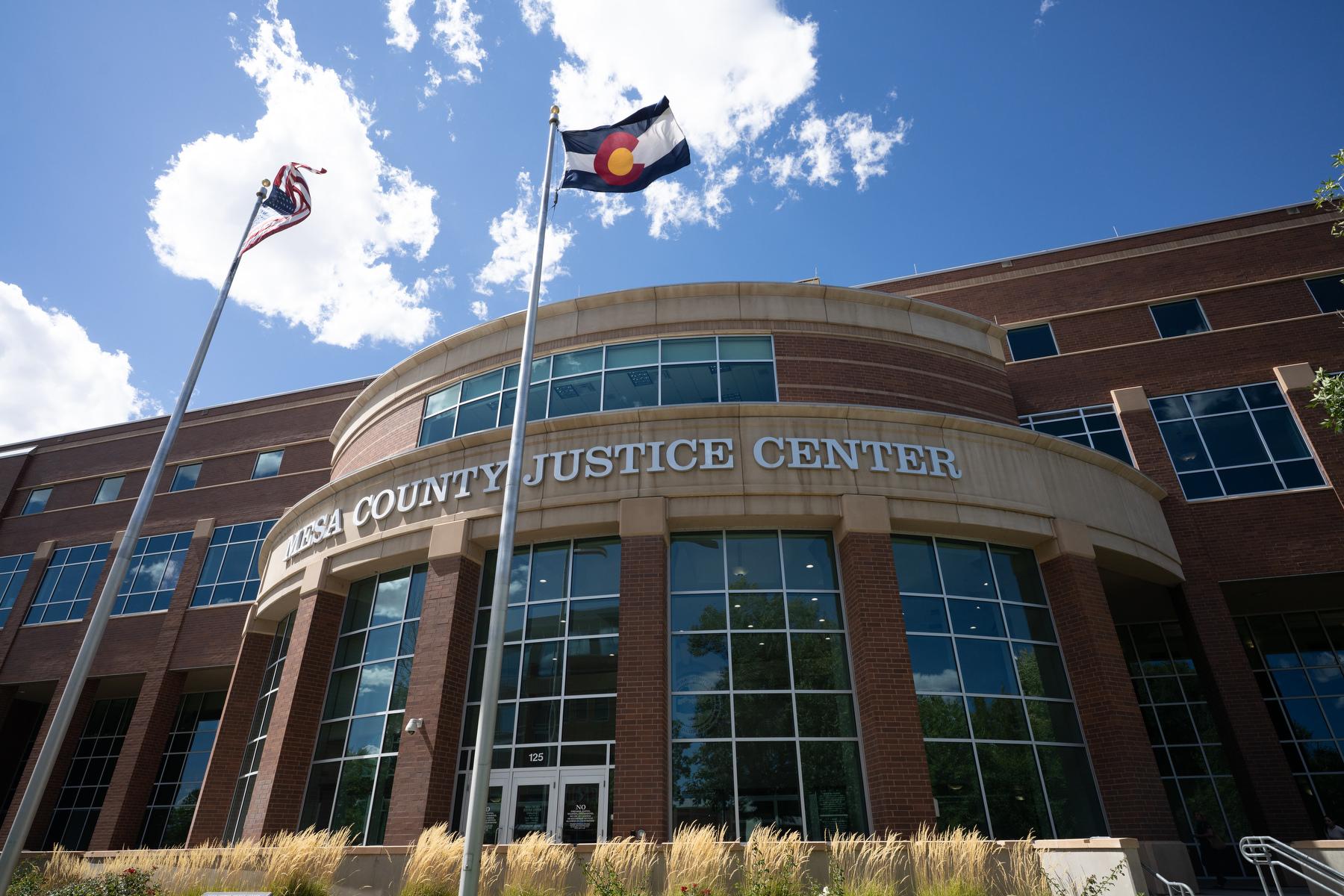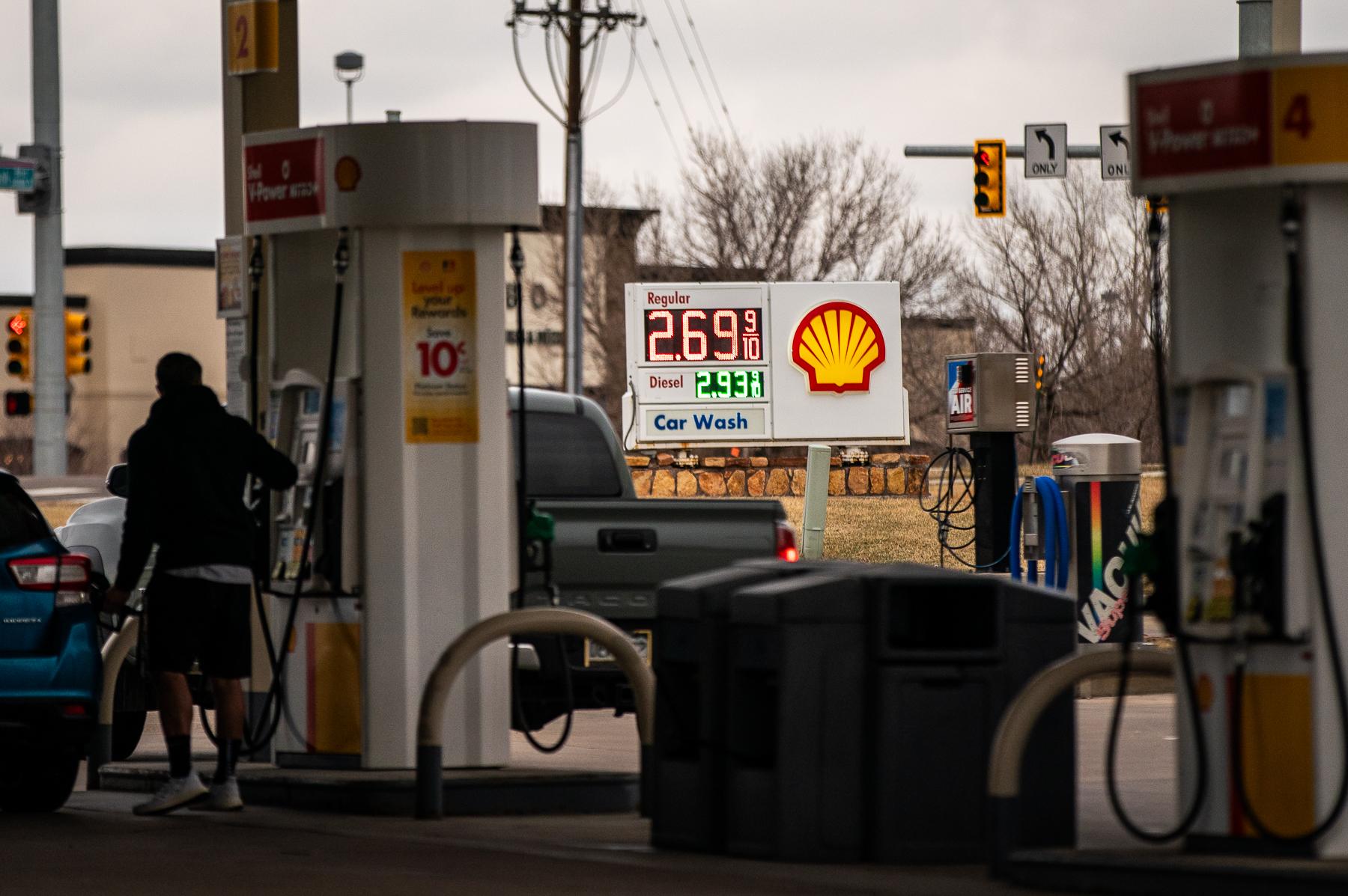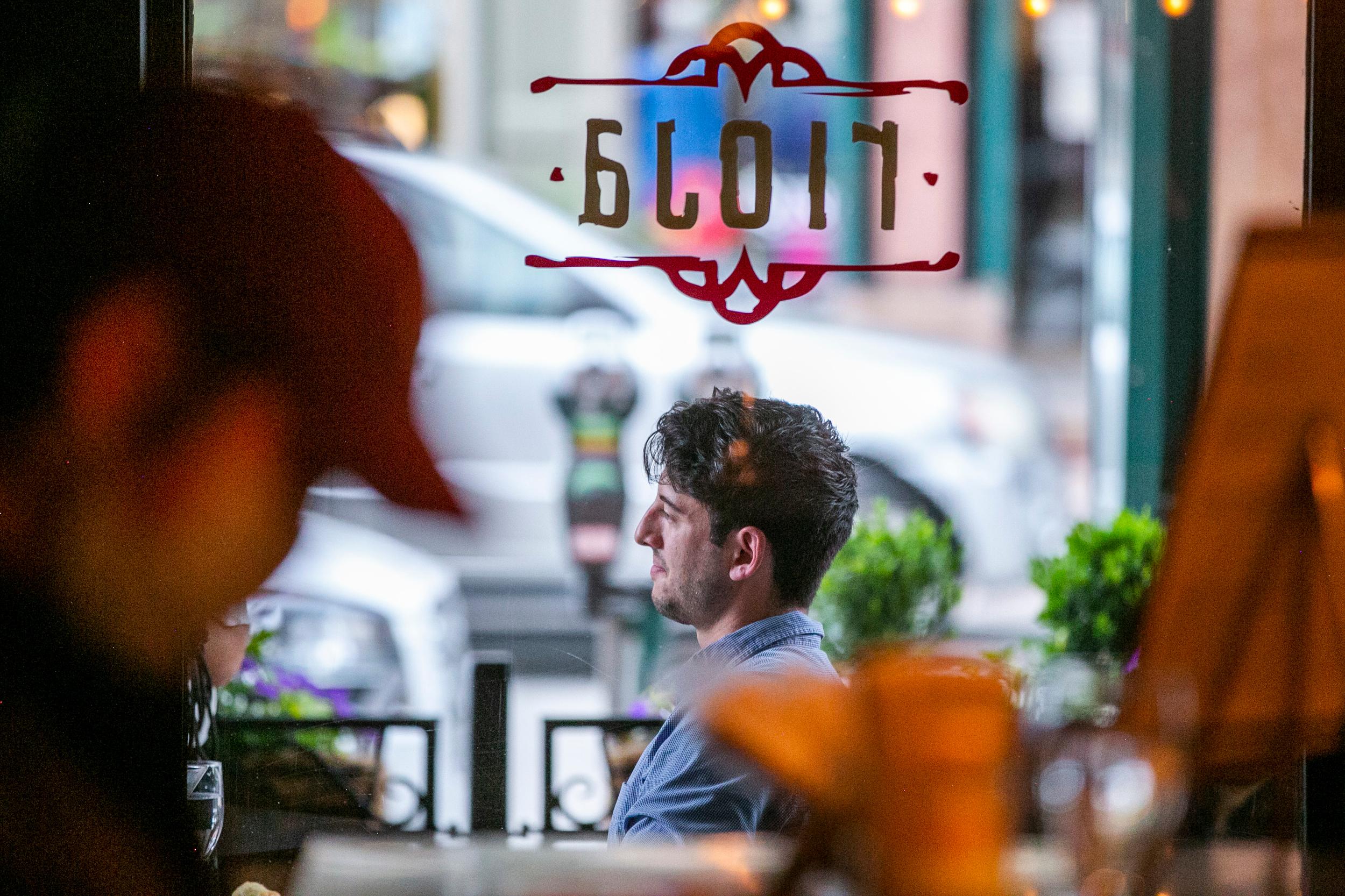
Scientists modeling the spread of the coronavirus pandemic in Colorado warn a new wave of COVID-19 cases could be around the corner if the public doesn’t maintain high levels of social distancing.
Dr. Jon Samet, dean of the Colorado School of Public Health, is leading the state modeling effort on the on-going coronavirus pandemic. During a press call on Monday, he posted a chart from the latest report showing the total hospitalizations in the state related to COVID-19. While the numbers have continued to decrease, he noted a smaller change at the very tail-end of the graph at the end of May.
The rate of decline in hospitalizations has been shrinking, which can be seen in a slight leveling of the line. According to Dr. Samet, the subtle shift could be an early warning of something ominous: a second, larger wave of coronavirus cases.
"In most scenarios, we expect the next peak to be larger than the April peak," read one of his slides.
The decreasing rate of hospitalizations isn’t the only sign of a potential second peak. The modeling group has also tracked smartphone mobility data to estimate whether Coloradoans are continuing to stay home. According to the report, Coloradans began staying home less often toward the end of April, even before the stay-at-home order expired. Still, the state's death toll from COVID-19 has plateaued. State officials reported no new deaths among people with COVID-19 over the past three days, although those numbers are sometimes later revised and deaths lag weeks behind an uptick in interactions.
As more people interact, the modelers fear an increase in the state’s R-naught value, which measures the average number of people sickened by one infectious person. Anything above one could lead to a rapid spike in cases. One sick person could spread the disease to multiple people, who would in turn spread the disease further.
Dr. Samet’s team estimated a slight increase in the value to just below one in mid-May. A more current estimate isn’t available because the disease can’t be detected for days or even weeks after infection.
“If we relax restrictions and begin to have more contact with each other, inevitably R-naught will rise,” he said. “From a public health point of view, we just can't rise too much.”
Dr. Rachel Herlihy, the state epidemiologist, said the main goal for policymakers should be to make sure a new wave doesn’t overwhelm the state’s intensive care capacity. According to the modeling data, that won’t be easy.
To measure how behavior affects disease spread, the scientists estimate social distancing as a percentage. The numbers roughly correspond to an average decrease in social interaction, but it also incorporates other preventative measures, like people wearing masks.
Modelers estimate the state achieved about 80 percent social distancing during Colorado’s stay-at-home order. To prevent a new wave that would quickly overwhelm the state’s ICU capacity, their reports recommend the state maintain current levels of social distancing of around 65 percent through the fall. If social interactions increase somewhat more, the state could stay below its ICU capacity so long as Coloradans over 65 years old, who are most at risk from the disease, maintain even higher levels of social distancing. But Herlihy wouldn’t recommend that approach.
“We really want to be cautious and ensure that social distancing occurs at 65 percent,” Herlihy said.
To achieve that, she said people must continue to wear masks, avoid large gatherings and stay six feet or more from others. She added Coloradans should also plan on a far less social summer.
“What we’re asking the public to do is to have fewer than half as many interactions as they would normally,” she said.
But the scientists and public health officials wouldn’t say whether the state or local governments should immediately revise their public health orders. Most of their recommendations focused on individual behaviors rather than policy changes.
The warnings come as many Coloradans appear more than ready to move on from strict social distancing measures.
Earlier this month, more than a hundred people gathered along Boulder Creek to cool off on a hot day, and businesses in Colorado have slowly started to reopen under less restrictive state and local public health orders. Many restaurants and nail salons across the state are again welcoming customers. On Monday, Gov. Jared Polis extended the state’s Safer At Home order for 30 days, although it now allows older Coloradans to recreate outdoors.
In addition, thousands of demonstrators have gathered in Denver and other cities to protest police violence over several days. The events not only put people in close proximity — the chanting and yelling likely sent small droplets of spit towards others, which scientists believe is the main way in with the coronavirus spreads. Police reacted with pepper spray and tear gas, which promoted coughing and spitting.
Herlihy confirmed the behavior will likely lead to more coronavirus cases.
If transmissions start to pick up again, Jill Ryan, director of the Colorado Department of Public Health and the Environment, said officials could be forced to bring back something like the state’s stay-at-home order.
“We know that promotes economic chaos,” she said. “And so we’re trying to promote economic stability while keeping viral transmission at a minimum.”

